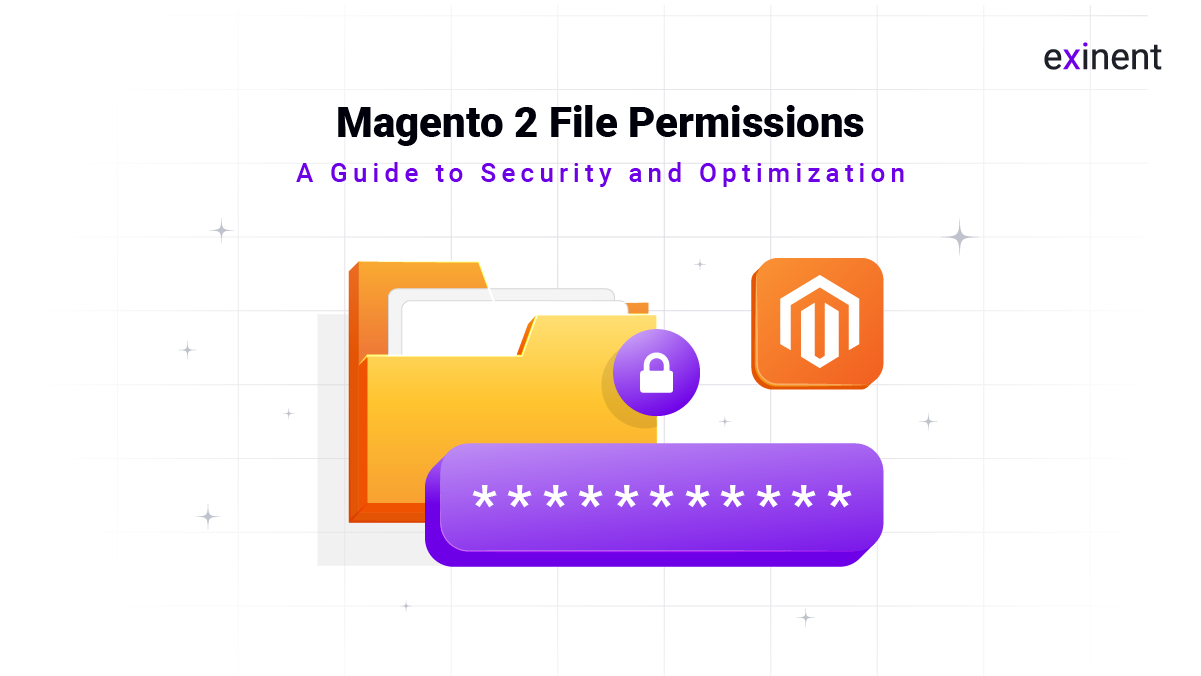
Magento 2 is a powerful platform for building e-commerce websites. However, with great power comes great responsibility, especially when it comes to security. One crucial aspect of Magento security is proper file permissions. Incorrect file permissions can leave your store vulnerable to attacks or cause functionality issues.
This guide will delve into the world of Magento 2 file permissions, explaining what they are, why they’re important, and how to set them correctly. We’ll also explore some best practices to ensure your Magento store remains secure and optimized.
Understanding File Permissions in Magento 2
File permissions define who can access a file or folder and what actions they can perform (read, write, or execute). In Magento 2, these permissions play a vital role in protecting sensitive information and ensuring smooth operation.
Three user types are involved in file permissions:
- Owner: The user who created the file or folder.
- Group: A group of users with shared access privileges.
- Others: All users not belong to the owner or group.
Each user type has three permission levels:
- Read (r): Allows viewing the file’s content.
- Write (w): Allows modifying the file’s content.
- Execute (x): Allows running the file if it’s an executable program.
Recommended File Permissions for Magento 2
Here’s a breakdown of recommended file permissions for different sections of your Magento 2 installation:
- Directories:
- Most directories: 770 (read, write, and execute for owner and group, no access for others)
- pub/static: 755 (read and execute for all, write for owner and group)
- var: 777 (read, write, and execute for all – important for temporary files)
- pub/media: 777 (read, write, and execute for all – important for uploads)
- Files:
- Most files: 644 (read for owner and group, no access for others)
- bin/magento: 755 (read and execute for all, write for owner and group)
- .htaccess: 644 (read for owner and group, no access for others)
Setting File Permissions in Magento 2
There are two main ways to set file permissions in Magento 2:
- Using File Transfer Protocol (FTP) Client: Most FTP clients allow you to view and modify file permissions directly. However, this method can be time-consuming for large installations.
- Using the Command Line: The command line offers a more efficient way to manage file permissions. You can use commands like chmod and chown to set permissions and ownership.
Best Practices for Magento 2 File Permissions
Here are some best practices to follow when managing Magento 2 file permissions:
- Use the recommended permissions: Stick to the recommended permissions outlined above for optimal security and functionality.
- Minimize world-writable permissions: Avoid setting permissions to 777 unless absolutely necessary, as this grants full access to everyone.
- Review permissions after updates: Magento updates might sometimes alter file permissions. Regularly review and adjust permissions as needed.
- Use a dedicated user: Don’t run the web server as the owner of your Magento files. Create a separate user with limited privileges.
- Consider a security scanner: Utilize security scanners to identify potential permission vulnerabilities in your Magento installation.
Conclusion
By following these guidelines, you can ensure your Magento 2 store has the proper file permissions in place. This will contribute to a more secure and optimized shopping experience for your customers. Remember, security is an ongoing process, so regularly review and adjust file permissions as needed to maintain a robust Magento environment.
Exinent, a leading Magento development company, offers a team of skilled developers who can assist you in creating a customized and high-performing Magento store. Whether you require theme customization, extension development, or complex integrations, Exinent’s expertise ensures your online store stands out and achieves its full potential.
